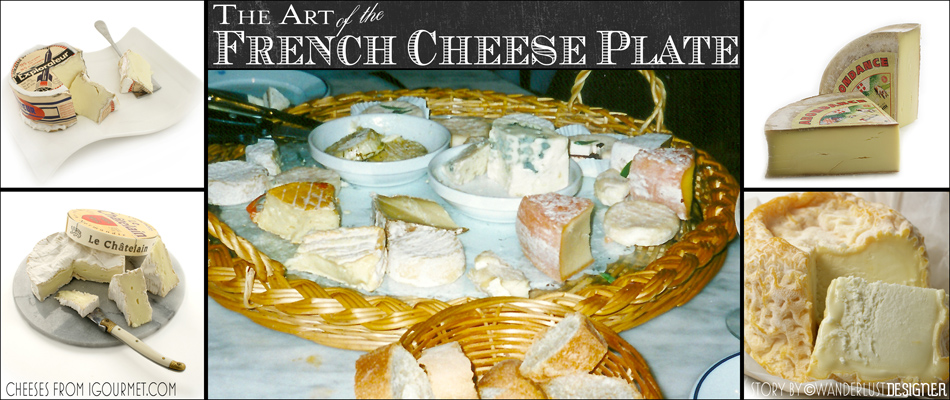Culture: Coca Leaves and the Andean Culture

Flying from San Francisco, CA to Cusco, Peru can be quite an altitude adjustment. 11,139′ to be exact. Before our family trip to Peru, I definitely did my research about altitude sickness, and things I could bring, or do to help prevent it for me and my kids.
My doctor prescribed me Acetazolamide without a blink, but our pediatrician said, “Sorry– can’t prescribe the same, that medicine is not allowed in kids.” So, I started doing a little research about other remedies. It didn’t take long (maybe one click on the internet) to have the mysterious coca tea pop up in my search results as a common remedy to prevent altitude sickness in the high elevations of the Andes, and Cusco.
Coca is a native plant to Northwest South America. It contains alkaloids, that when chemically extracted, are the base source of cocaine, I highly addictive narcotic. Apparently, though, the raw coca plant leaves have very little alkaloid in them– such that drinking coca tea is akin to drinking a cup of coffee or other type of caffeinated tea. So, why the big fuss?
Coca leaves have been used in the Andean culture for centuries, and the debate of it’s use has been around for almost that long as well (there are reports of statements made back in 1567 surrounding the usage.) The indigenous people not only use it for medicinal purposes, but they chew on it for a mild stimulant and appetite suppressant, allowing for longer work days and less food consumption. From the Spanish conquistadors, to foreign settlers, to modern political figures, the problem with coca leaves availability is they feel that although it may be used for the benign benefits, the availability encourages the illicit drug creation instead.
Both sides can pose strong arguments, but the long and short is it’s still available and used often in this region. In fact, from what I experienced, it’s become quite a tourist souvenir. Not only is there plenty of coca tea to drink, but there are also a wide assortment of coca candies available, from toffees, to candies to aid in sexual enhancements! The candies were even in one of our hotels along with our free bottled water.
So, did I drink the tea? Well, yes. When we arrived in Cusco, we had been traveling for over a day and had very little sleep. We were exhausted. Although I’ve lived in the Colorado, and spent much time at high altitude, the combination of our tiredness and the 11,000′ change really wiped us out. At the restaurant at lunch, our entire table of glazed eyed tourists (young and old) were served tea. I drank it merrily hoping I’d get a little caffeine type jolt, but must admit, felt nothing. My kids both tried a sip or 2… but not being tea drinkers, it really didn’t interest them.
All said and done, I’m a little disappointed there’s such a big hype about it. Perhaps in the quantities we consumed (one cup), it’s just not even an issue– but maybe for others who consume a lot, it can be. Happily, my tourist coca candies came home with me (not confiscated in US customs). I was surprised to later read that coca tea is illegal in the US unless it’s been processed to get rid of the alkaloids– much like how decaf coffee is without caffeine.
So, should you try it? It’s up to you, but as they saying goes, “when in Rome…”
P.S. I read another very interesting fact about coca tea– it turns out, that although the stimulant from it is very mild, after you drink it, you may test positive for cocaine on a drug test! Something to keep in mind, I guess.


